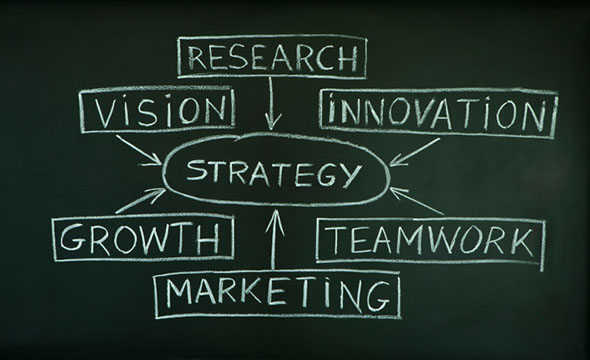Tactics or Strategy?
You’ve probably heard the phrase “tactics vs. strategy” countless times.
People love tactics. Tactics can be fun and exciting. They’re relatively easy to pick up and seem to have magical quick results (at least for a short time). Social media in the form of a few tweets is a classic example of a tactic.
But there’s a critical part most businesses seem to miss, and it’s why tactics often fail in the long run. To be successful, you have to put all the tactics together in a logical and cohesive way to make it all work.
That’s where strategy comes into play.
Without a well thought-out strategic plan, all tactics will ultimately fail. It’s not the fault of the tactic that it didn’t work. It’s the fault of the person behind the tactic who thought it would be the magic pill it didn’t turn out to be.
A strategy is a plan to get you and your business where you want to go. Without a strategy, you are lost in the Sahara with no compass and no water. Once you have your strategy in place, the right tactics will fall into place where they need to be.









